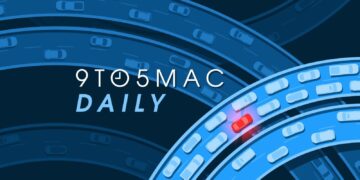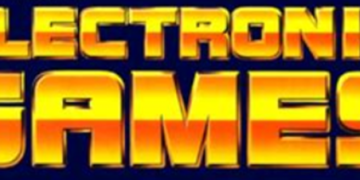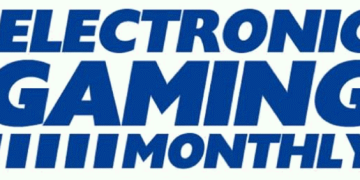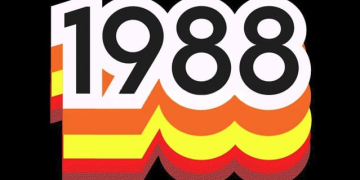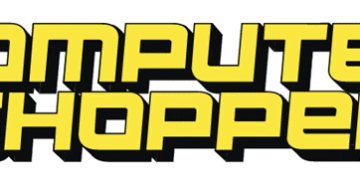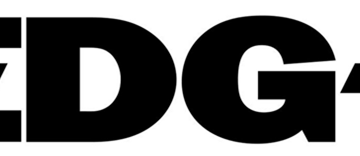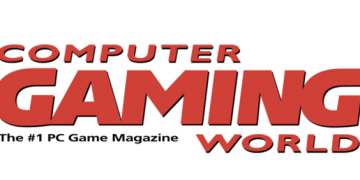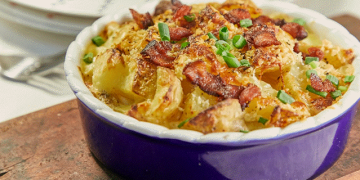
Understanding the world of computers can be daunting, but it doesn’t have to be. Let me walk you through some essential computer glossary terms that will help you get a better grasp of technology. Whether you’re a beginner or just looking to refresh your knowledge, this guide is for you. While I do not cover the whole spectrum of computer or technical terms, I provide a brief overview and understanding of the terms that can make you a power user using computer words. You can now amaze your family and friends with your newfound knowledge.
Let’s begin learning.
Introduction
Technology is constantly evolving, and with it comes a slew of new terms and jargon. If you’re like me, you might sometimes feel overwhelmed by all the tech talk. But don’t worry! In this blog post, I’m going to break down some of the most common computer glossary terms to make it easier for you to understand and use them in your daily life.
Essential Computer Terms
64-Bit Processing
64-bit processing refers to how much data can be processed at once, which in this case is 64 bits. Modern software may require 64-bit processing to run efficiently.
App Store
An app store is a digital distribution platform for software. You might be familiar with the app store on your phone or tablet, but many operating systems now have them integrated into computers as well. This allows you to download applications (or apps) directly, sometimes for free and sometimes for a fee.
Bit/Byte
A bit is the smallest unit of measurement for electronic data. Eight bits make one byte, and the units scale up from there: approximately 1,000 bytes equal one kilobyte (KB), 1,000 KB equal one megabyte (MB), 1,000 MB equal one gigabyte (GB), and 1,000 GB equal one terabyte (TB).
Bluetooth
Bluetooth is a form of wireless communication that allows devices to communicate with each other. For example, a Bluetooth keyboard or mouse can connect to a computer or tablet wirelessly.
Blu-ray
Blu-ray is a high-definition optical disc used for movies and some video games. Blu-rays can hold 50GB of data, over five times the capacity of a DVD, and are capable of full HD 1920x1080p video.
Burn
To burn means to record data on a CD, DVD, or Blu-ray disc.
Bus Speed
Bus speed, measured in megahertz (MHz), is the speed or frequency at which data moves on the motherboard.
Chipset
A chipset is a set of electronic components in an integrated circuit that manages data flow between the processor, memory, and peripherals. It is usually found on the motherboard.
Cloud Storage
Cloud storage allows data to be stored virtually by a third party instead of on your physical hard drive. It’s convenient for sharing information across devices and freeing up physical storage space.
DDR (Double Data Rate)
DDR is a type of SDRAM (memory) that supports data transfers doubling the speed of the RAM. DDR3, which is common now, is twice as fast as its predecessor, DDR2.
Desktop
A desktop is a personal computer intended for use in a single location. Desktops may consist of a tower, monitor, keyboard, and mouse, though all-in-one desktops integrate the components into a flat-screen monitor for a sleeker design.
Digital Media
Digital media refers to places where digital files are stored (like memory cards and hard drives) or the files themselves (such as photos, videos, and MP3s).
DVD (Digital Video Disc)
A DVD stores and plays both audio and video and can hold about 25 times more information than a CD.
Ethernet
Ethernet is a wired internet connection that can provide faster download and upload speeds compared to Wi-Fi.
Expansion Slot
An expansion slot on a computer’s motherboard allows for the addition of expansion cards, which can add memory, graphics capabilities, or support for special devices.
Firewall
A firewall is software that protects a private computer from unauthorized access via the Internet, preventing other computers from accessing your computer while you’re online.
Graphics Card
A graphics card, also known as a video card, allows a computer to display pictures. It can be built into the motherboard or exist separately, and can often be upgraded using an expansion slot.
Hard Drive
A hard drive is a storage device measured in gigabytes or terabytes that holds large amounts of data, serving as the “memory box” of the computer.
Hardware
Hardware refers to the physical components of a computer system, such as the monitor, keyboard, and tower.
HDMI (High Definition Multimedia Interface)
HDMI is the uncompressed, all-digital standard for high-definition (HD) quality for consumer electronics and PC products using a single cable.
Hertz (Hz)
Hertz is a unit of frequency equal to one cycle per second.
High Definition
High definition means a screen will be “widescreen” and at least twice as clear as standard definition, with resolutions of 720 or more horizontal lines being considered HD.
Hyper-threading Technology
A feature of some Intel processors, hyper-threading improves a computer’s ability to multitask by allowing multiple threads to run simultaneously.
I/O Ports (Input/Output)
I/O ports are connectors on a PC that connect external devices, such as USB, HDMI, and VGA ports.
LAN (Local Area Network)
A LAN is a set of devices connected for interactive communications, either wirelessly or through ethernet connections.
LCD (Liquid Crystal Display)
An LCD is a type of display that uses standard compact fluorescent tubes to illuminate the picture.
LED Backlighting
LED backlighting is a way of producing light in LCD screens, resulting in a clearer and brighter display.
Level 2 Cache
Level 2 Cache, or L2 cache, is a type of high-speed memory that enables quick access to the most recently used data and instructions.
Lithium-ion/Lithium-polymer
Lithium-ion and lithium-polymer are types of light, rechargeable batteries often used in portable electronics such as notebooks and smartphones.
Memory
Memory is where a computer keeps programs and data. This term can refer to the hard drive, RAM, or cache.
Memory Card Reader
A memory card reader is a device that accesses data on a memory card, such as an SD card.
Motherboard
The motherboard is a computer’s main circuit board to which most other integrated parts are connected.
Multi-touch
A multi-touch screen or touchpad recognizes two or more fingers, incorporating advanced functionality like pinching to zoom.
Network Card
A network card, or network adapter, is a computer hardware component designed to allow computers to communicate over a network.
Operating System (OS)
The operating system is software that manages basic system activities, such as reading forms and saving to disk. Common operating systems include Windows, Mac OS, and Linux.
Portable Computer
A portable computer is a wireless computer with a rechargeable battery, such as a notebook (laptop), netbook, or Chromebook.
Processor
The processor is a computer’s central processing unit (CPU) that carries out instructions from programs. It is often referred to as the “brain” of the computer.
RAM (Random Access Memory)
RAM is the computer’s short-term memory where currently running programs and active data are stored for quick access.
Scanner
A scanner captures text and images from physical documents and converts them into digital format.
Software
Software is a collection of programs and data that run on a computer, as opposed to the physical hardware.
Solid State Drive (SSD)
An SSD is a type of storage device that uses flash memory to store data, offering faster speeds than traditional hard drives.
Speakers
Speakers are output devices that convert digital audio signals into sound.
USB (Universal Serial Bus)
USB is a standard for connecting external devices like keyboards, mice, and flash drives to a computer.
Wi-Fi
Wi-Fi allows devices to connect to the internet wirelessly via radio waves.
Highly Rated Laptops on Amazon
- ASUS VivoBook F512 Thin and Lightweight Laptop
- Acer Nitro 5 Gaming Laptop, 10th Gen Intel Core i5
- 2022 Lenovo Ideapad 3 Laptop
- 2024 HP Envy 16 Business Laptop
- 2024 Apple MacBook Air 13-inch Laptop with M3 Chip
VivoBook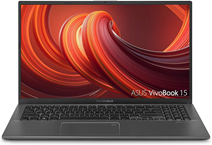 |
Nitro 5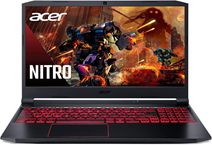 |
Ideapad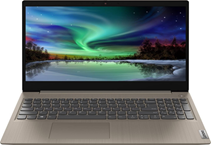 |
HP Envy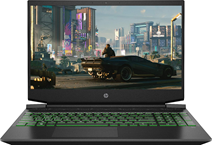 |
MacBook Air |
Support Techcratic
If you find value in our blend of original insights (Techcratic articles and Techs Got To Eat), up-to-date daily curated articles, and the extensive technical work required to keep everything running smoothly, consider supporting Techcratic with Bitcoin. Your support helps me, as a solo operator, continue delivering high-quality content while managing all the technical aspects, from server maintenance to future updates and improvements. I am committed to continually enhancing the site and staying at the forefront of trends to provide the best possible experience. Your generosity and commitment are deeply appreciated. Thank you!
Bitcoin Address:
bc1qlszw7elx2qahjwvaryh0tkgg8y68enw30gpvge
Please verify this address before sending any funds to ensure your donation is directed correctly.
Bitcoin QR Code
Your contribution is vital in supporting my efforts to deliver valuable content and manage the technical aspects of the site. To donate, simply scan the QR code below. Your generosity allows me to keep providing insightful articles and maintaining the server infrastructure that supports them.

Privacy and Security Disclaimer
- No Personal Information Collected: We do not collect any personal information or transaction details when you make a donation via Bitcoin. The Bitcoin address provided is used solely for receiving donations.
- Data Privacy: We do not store or process any personal data related to your Bitcoin transactions. All transactions are processed directly through the Bitcoin network, ensuring your privacy.
- Security Measures: We utilize industry-standard security practices to protect our Bitcoin address and ensure that your donations are received securely. However, we encourage you to exercise caution and verify the address before sending funds.
- Contact Us: If you have any concerns or questions about our donation process, please contact us via the Techcratic Contact form. We are here to assist you.
Disclaimer: As an Amazon Associate, Techcratic may earn from qualifying purchases.















